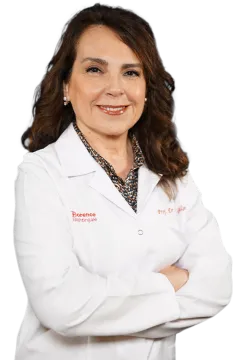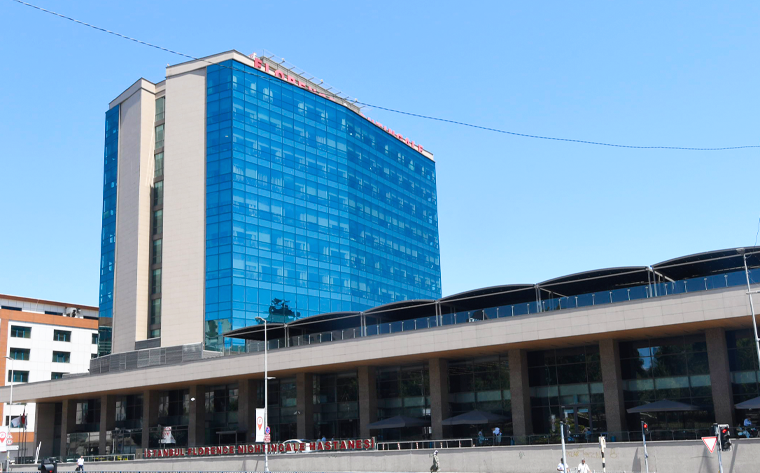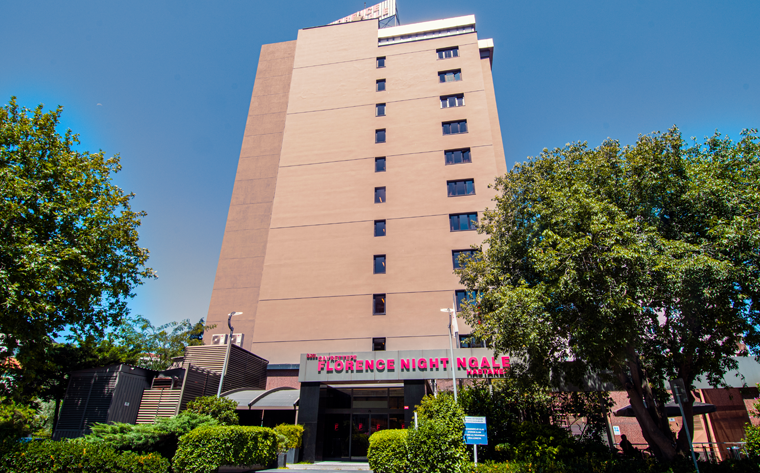
What is the Department of Physical Therapy and Rehabilitation and What Diseases Does It Cover?
The physical therapy and rehabilitation department is a branch of medicine that specializes in the treatment of neurological, orthopedic, cardiovascular and pediatric diseases, especially musculoskeletal problems. The aim of this department is to improve the quality of life of patients, reduce pain and restore mobility. Physical therapy and rehabilitation covers many conditions such as paralysis, muscle weakness, joint pain, sports injuries and post-operative rehabilitation.
About the Department of Physical Therapy and Rehabilitation
The physical therapy and rehabilitation department adopts a multidisciplinary approach to maximize the functional abilities of patients. In this department, customized treatment plans are created according to the conditions of the patients. The treatment process is coordinated by physical therapists, physiotherapists, occupational therapists and other health professionals.
Who is a Physical Therapy and Rehabilitation Specialist and What Are Their Duties?
A physical therapy and rehabilitation specialist is a physician who specializes in diagnosing and treating diseases in various areas, including the musculoskeletal, nervous, and cardiovascular systems. Their duties include evaluating patients, creating treatment plans, implementing treatment methods, and monitoring patient progress. They also provide education and counseling to help patients return to their daily activities and improve their quality of life.
What Diseases Are Covered by Physical Therapy and Rehabilitation?
Physical therapy and rehabilitation plays an important role in the diagnosis, treatment and management of various diseases and disorders. Here are some of the diseases and conditions covered in this section:
Orthopedic Diseases- Fractures and Dislocations: Accelerating the healing process after bone fractures and joint dislocations.
- Arthritis: Management of joint inflammation and pain.
- Osteoporosis: Management of decreased bone density and fracture risk.
- Lumbar and Cervical Disc Herniation: Treatment of spinal problems and related nerve compression.
- Paralysis (Stroke): Restoring motor functions and speech ability after stroke.
- Multiple Sclerosis (MS): Management of muscle weakness, spasticity and balance problems.
- Parkinson's Disease: Improving mobility and reducing balance problems.
- Cerebral Palsy: Treatment of movement and posture disorders in children.
- Coronary Artery Disease: Rehabilitation and exercise programs after heart attack.
- Heart Failure: Organizing physical activities and improving quality of life.
- Peripheral Artery Disease: Treatment of circulatory problems and related muscle weakness.
- Cerebral Palsy: Management of neurological disorders in children.
- Developmental Delays: Supporting the development of motor skills and activities of daily living.
- Spina Bifida: Treatment of spinal cord problems and related movement disorders.
- Fibromyalgia: Management of widespread muscle pain and fatigue.
- Myofascial Pain Syndrome: Treatment of pain in the muscle and fascia tissues.
- Chronic Back and Neck Pain: Management and improvement of long-term spine pain.
- Postoperative Rehabilitation: Restoring mobility after surgical intervention.
- Sports Injuries: Treatment of injuries seen in athletes and increasing sports performance.
- Traumatic Brain Injuries: Recovery of motor and cognitive functions after brain trauma.
- Burns: Healing of skin and muscle tissue after burns and increasing mobility.
The physical therapy and rehabilitation department covers a wide range of diseases and conditions with the aim of improving the quality of life of patients, restoring their independence and ensuring their participation in daily life activities. Treatment methods in this field are customized according to the individual needs of patients and a multidisciplinary approach is adopted.
What are Physical Therapy and Rehabilitation Examinations?
Physical therapy and rehabilitation examinations include the evaluation of the patient's general health status, musculoskeletal system, nervous system and other systems. During the examination, the patient's medical history is taken, a physical examination is performed and, if necessary, imaging and laboratory tests are requested. These examinations play an important role in the development of the patient's treatment plan.
What Methods Are Used in Physical Therapy and Rehabilitation Treatments?
The methods used in physical therapy and rehabilitation treatments vary according to the patient's condition and needs. These methods include manual therapy, exercise therapy, electrotherapy, ultrasound therapy, hydrotherapy, hot and cold applications, kinesio taping and massage. In addition, assistive devices and prosthetics can be used to enable patients to perform their daily living activities more independently.
When Should You Go to the Physical Therapy and Rehabilitation Department?
People with musculoskeletal pain, movement limitations, neurological problems, sports injuries or post-operative rehabilitation needs should apply to the physical therapy and rehabilitation department. In addition, chronic pain, balance and coordination problems, movement limitations related to old age and pediatric diseases also require evaluation by physical therapy and rehabilitation specialists.
What is Done During a Physical Therapy and Rehabilitation Examination?
During the physical therapy and rehabilitation examination, a detailed medical history of the patient is taken and a comprehensive physical assessment is performed. This assessment includes muscle strength, range of motion, balance, coordination and neurological functions. If necessary, imaging tests (x-ray, MRI) and laboratory tests may be requested. Based on the examination results, the patient's treatment plan is created and the treatment process is initiated.







